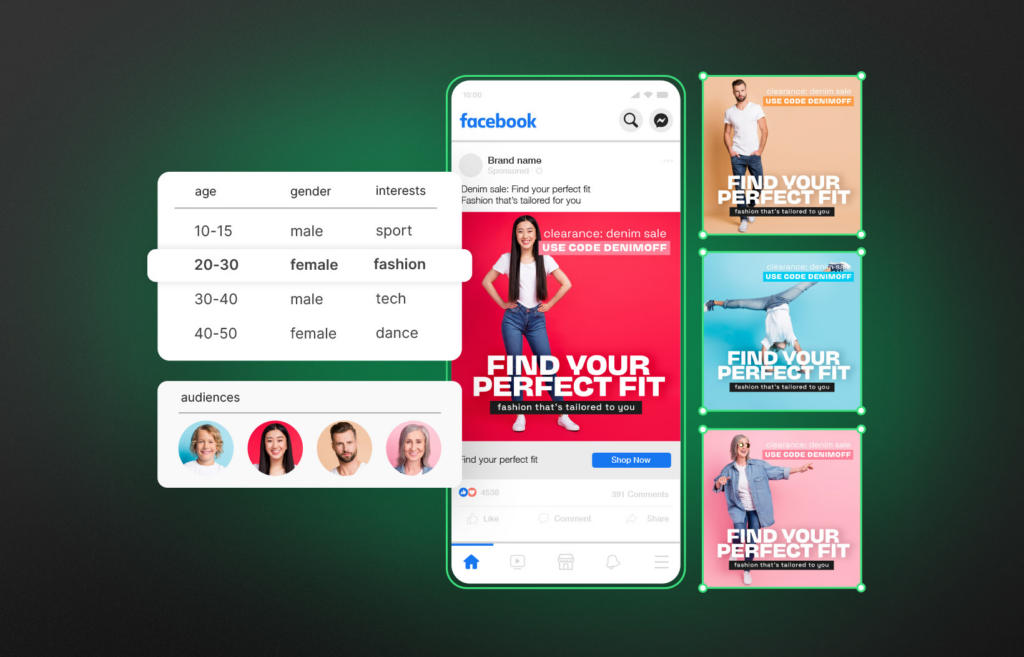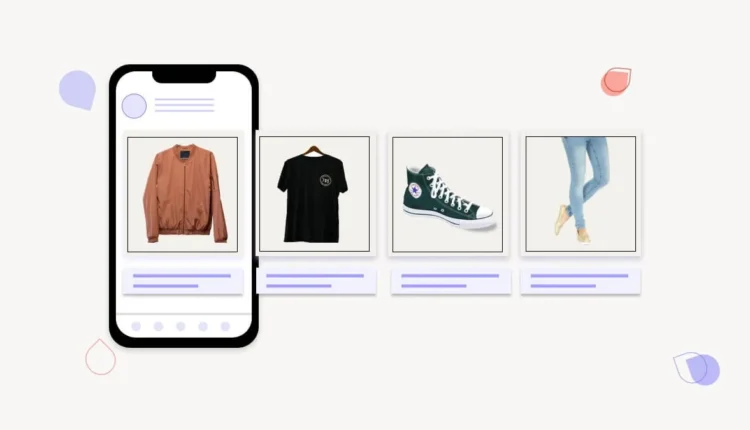In today’s highly competitive digital marketing landscape, businesses need to find innovative ways to capture their audience’s attention and deliver personalized experiences. One of the most effective tools for achieving this is dynamic ads. Unlike static ads, which are fixed and unchanging, dynamic ads can automatically adapt to show content tailored to each user. In this article, we will explore what dynamic ads are, their benefits, how they work, and best practices for creating successful campaigns.
What Are Dynamic Ads?
Dynamic ads are a type of online advertisement that changes its content based on the viewer’s behavior, preferences, or data. They automatically display relevant products, services, or offers to individuals by leveraging information such as browsing history, location, or interests. This personalized approach makes dynamic ads more engaging as well as effective at driving conversions.
For example, if a user visits an e-commerce website and views a pair of shoes without making a purchase, a dynamic ad might later show that user the same pair of shoes along with related products, such as socks or shoe polish. This level of personalization helps businesses target their audience more precisely.
Key Features of Dynamic Ads:
- Personalized Content: Ad content automatically adjusts based on user data.
- Real-Time Updates: Ads can change in real-time to reflect current promotions, inventory, or product details.
- Interactive Elements: Some dynamic ads include interactive features like carousels, allowing users to scroll through different products.
Types of Dynamic Ads
Dynamic ads can be delivered across various digital platforms and formats. Here are some common types of dynamic ads:
- Display Ads: These are banner or sidebar ads that show personalized products based on the user’s recent browsing activity on a website.
- Social Media Ads: Platforms like Facebook, Instagram, and LinkedIn offer dynamic ad formats that show tailored content to users based on their interactions with the platform or brand.
- Search Ads: Google offers dynamic search ads that automatically generate headlines and landing pages based on a user’s search queries and the advertiser’s website content.
- Video Ads: These are video ads that can change their content mid-play or display personalized video elements depending on the viewer’s preferences.
Why Choose Dynamic Ads?
Dynamic ads are becoming increasingly popular among businesses due to their ability to deliver personalized, relevant content to users. Here are some of the key advantages of using dynamic ads:
1. Highly Personalized
Dynamic ads offer a high level of personalization by tailoring the ad content based on individual user data. This means that each viewer sees an ad that is relevant to their interests, increasing the likelihood of engagement and conversion. Personalization creates a more meaningful connection with potential customers.
2. Improved Conversion Rates
Since dynamic ads show users products or services they have already shown interest in, they are more likely to take action, such as making a purchase or signing up for a service. Studies have shown that personalized ads significantly improve conversion rates compared to generic ads.
3. Efficiency in Ad Management
One of the biggest advantages of dynamic ads is their automation. Marketers do not need to manually create individual ads for different products or audience segments. Dynamic ads pull information from a product feed or database and automatically generate personalized content, saving time and effort.
4. Retargeting Potential
Dynamic advertisements are particularly effective for retargeting campaigns. Retargeting allows businesses to re-engage users who have previously visited their site but did not complete a desired action. By showing tailored ads to these users, businesses can remind them of their products and encourage them to return and complete the transaction.
5. Increased Engagement
Because dynamic advertisements are relevant and personalized, they tend to capture more attention than static ones. Users are more likely to click on an ad if it shows them something they are genuinely interested in.
Drawbacks of Dynamic Ads
While these ads have many benefits, they also come with some challenges:
1. Complex Setup
Setting up dynamic advertisements requires technical knowledge, as it involves creating product feeds, integrating tracking systems, and configuring ad platforms to pull the right data. For businesses without a dedicated marketing or IT team, this can be a time-consuming and difficult process.
2. Higher Costs
Dynamic ads are often more expensive to run than static ones, particularly due to the complexity of setting them up and maintaining them. Businesses may also need to invest in advanced software or tools to manage dynamic advertisements effectively.
3. Privacy Concerns
Since dynamic advertisements rely on user data, privacy concerns are always a consideration. Advertisers need to ensure they comply with data protection regulations, such as GDPR, and be transparent about how they use customer data.
Best Practices for Creating Effective Dynamic Ads
To get the most out of dynamic advertisements , it’s important to follow best practices for setting them up and running your campaigns effectively. Here are a few tips:
1. Use High-Quality Product Feeds
Your dynamic advertisements rely on your product feed to display relevant items to users. Make sure your product feed is accurate, up-to-date, and contains all the necessary details (e.g., product name, price, image, description). Inaccurate or incomplete data can lead to ineffective ads.
2. Segment Your Audience
While dynamic ads allow for automation, it’s still important to segment your audience. Not every customer will respond to the same type of content. You can segment based on location, age, browsing behavior, or other criteria to ensure each group sees the most relevant ads.
3. Optimize for Mobile
A large portion of digital ad traffic comes from mobile devices. Ensure your dynamic advertisements are optimized for mobile screens, with fast loading times and easily clickable elements in order to improve user experience.
4. Test and Tweak Regularly
As with any ad campaign, it’s indeed important to test your dynamic advertisements regularly. Experiment with different layouts, messaging, and calls to action in order to see what works best for your audience. Regular testing helps you fine-tune your campaigns for better performance.
5. Focus on Retargeting
Leverage the power of retargeting by showing dynamic advertisements to users who have already interacted with your brand but haven’t yet completed a desired action. They are most effective when used for retargeting campaigns, as they remind users of products they were previously interested in.
Conclusion

Dynamic advertisements indeed offer a powerful way to deliver personalized content that resonates with your audience. By automatically adjusting the ad content based on user data, dynamic advertisements increase engagement, improve conversion rates, and overall make ad management more efficient. However, they do require a more complex setup and can come with higher costs. For businesses willing to invest the time and resources, dynamic advertisements can indeed provide significant returns and help build stronger connections with their customers.
Frequently Asked Questions on Dynamic Ads (FAQs)
1. What are dynamic advertisements?
Dynamic advertisements automatically change their content based on user data such as browsing history, preferences, and behavior to deliver personalized advertisements .
2. How do they work?
They use user data as well as product feeds to display relevant products or services, updating in real-time for each viewer.
3. What platforms support them?
Dynamic advertisements can run on platforms like Google, Facebook, Instagram, and LinkedIn, as well as across various websites and mobile apps.
4. Are they more effective than static ads?
Yes, they are often more effective because they deliver personalized, relevant content, resulting in higher engagement and conversion rates.


